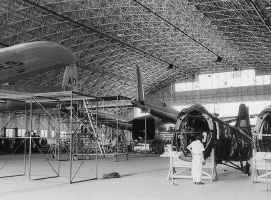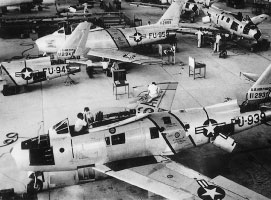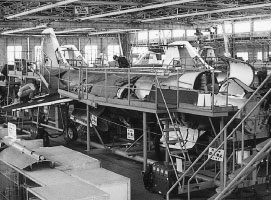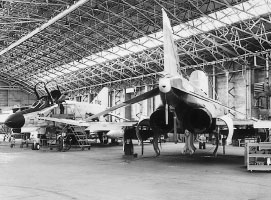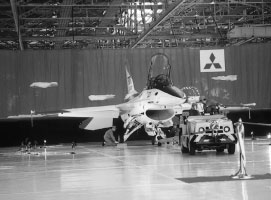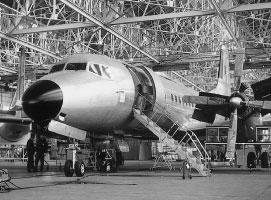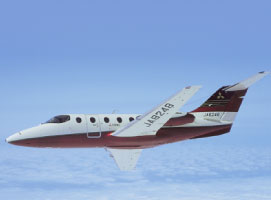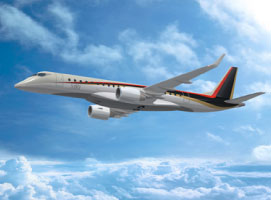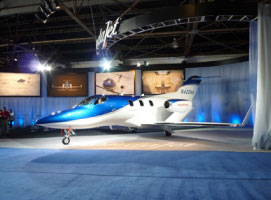The history of aerospace in Japan
In the sky
Restarting the aircraft business
Research, design and manufacture of aircraft were all prohibited in Japan for seven years following the end of World War II. It was repair contracts for United States military aircraft in 1952 that restarted the aircraft business. Since then, the industry has fully reacquired the technology for aircraft construction, and refined it even further.
Licensed production of U.S. military aircraft
Japan has engaged in licensed production of U.S. state-of-the-art fighter planes, from the F-86 to the F-104, the F-4, and the F-15. Through these projects, the Japanese aircraft industry revived the technical capabilities necessary to domestically manufacture entire aircraft.
Domestic production of aircraft for the Self-Defense Force
Licensed production paved the way for completely domestic production of aircraft for the Japan Air Self-Defense Force, including the T-1, T-2, and T-4 trainer aircraft, and the F-1 and F-2 support fighter aircraft. Development is also underway for the XC-2 next-generation transport aircraft and the P-X next-generation fixed-wing patrol aircraft.
Domestic production of business aircraft
Japan domestically produces the YS-11 passenger plane as well as the FA-200, MU-2, FA-300, MU-300, BK-117, and other commercial aircraft, and is an active participant in international joint development programs with partners such as the American passenger aircraft manufacturer Boeing.
Development of next-generation aircraft
Today’s civil transport aircraft must be increasingly compact and economically efficient. Japan is responding to these needs with the development of the MRJ regional jet, a medium-size, environment-friendly passenger aircraft offering improved cabin comfort, fuel economy, reduced weight and lower noise levels. Another aircraft under development is the Honda Jet, a compact business passenger aircraft.

